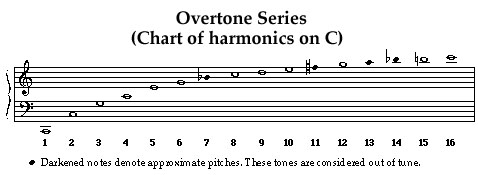Terms - O
O
Ob.
obbligato
obbligatorio
ober
obligat
obligatoire
obligatory
obligé
oblique motion
oboe
oboe d'amore
oboe da caccia
ocarina
octatonic scale
octave
octave bass clef
octave clef
octave designation
octave treble clef
octavo
octet
octuple croche
ode
oeuvre
off-beat
Offertory
Office
Officer's Call
ohne
ohne Dämpfer
ohne Instrumente
Oktave
Oktavflöte
Oktavierende Schlüssel
old Roman chant
old-time music
oliphant
ondes martenot
one hundred and twenty-eighth note
one hundred and twenty-eighth rest
one-line
Op.
open
open fifth
open form
open roll
opera
opéra bouffe
opera buffa
opera comica
opéra comique
opera seria
opera-ballet
operetta
ophicleide
Opp.
opus
oral tradition
oratorio
orchestra
orchestra bells
orchestra pit
orchestration
ord.
ordinario
Ordinary
organ
organ point
organ verset
organal style
organistrum
organology
organum
ornament
ornamentation
orpharion
ossia
ostinato
ottava
ottava bassa
ottava rima
ottavino
ottoni
ouïe
outer voices
ouvert
oval
overblowing
overstrung
overtone
overture
overtone
OE-ver-tone
[English]
Overtones or harmonics are the natural parts of any pitch heard when it is sounded. That is to say, that each pitch that we hear contains additional pitches within it that are termed overtones or harmonics. The relative strength or weakness of these overtones determines the tone color or timbre of the pitch.
When a pitch is played, the main note heard is the fundamental (the note itself), but there is also present a series of other pitches above it called overtones or harmonics. The first overtone is an octave above the fundamental, the second is an octave and a fifth above the fundamental, the third is two octaves, the fourth is two octaves and a third, and so on, with each following overtone closer to the last than the last was to the tone before it. The series of overtones (harmonic series) for the fundamental pitch C2 would consist of C2 - C3 - G3 - C4 - E4 - G4 - B flat4 * - C5 - D5 - E5 - F sharp5* - G5 - A5* - B flat5 * - B5 - C6.


